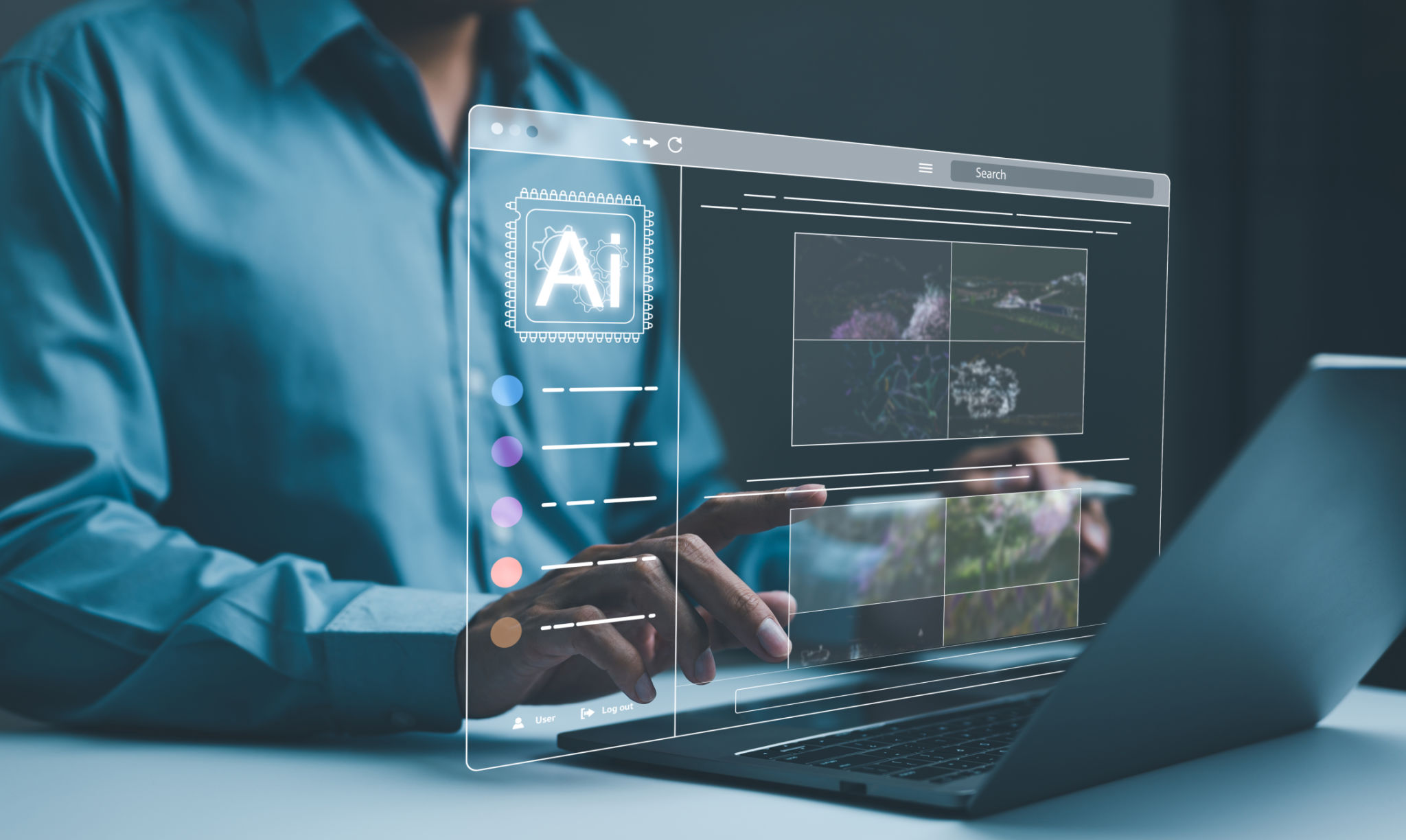Maximizing Your AI-Assisted Web Design Projects: Best Practices
Understanding the Role of AI in Web Design
In today's digital age, AI is transforming the web design landscape by offering tools and solutions that streamline workflows and enhance creativity. AI-assisted web design projects leverage machine learning algorithms to automate repetitive tasks, allowing designers to focus more on the creative aspects of their projects. It's essential to understand how AI can be integrated into your workflow to maximize efficiency and output quality.

Choosing the Right AI Tools
With a plethora of AI tools available, selecting the right ones for your projects can be daunting. It's important to evaluate tools based on their specific features and how they can address your design needs. Consider tools that offer features like automated layout suggestions, color palette generation, and user behavior analysis. By choosing the right tools, you can enhance both the functionality and aesthetic appeal of your designs.
Additionally, always ensure that the tools you choose are compatible with your existing software and platforms. Seamless integration is key to maintaining a smooth workflow and avoiding disruptions during your design process.
Leveraging AI for Enhanced User Experience
AI can significantly improve user experience (UX) by personalizing content and optimizing navigation. AI algorithms analyze user behavior to provide insights into how visitors interact with your website. This data can be used to tailor content, adjust layouts, and suggest features that resonate with your audience.

Moreover, AI-powered chatbots can be integrated to offer real-time customer support, enhancing the overall user experience. These chatbots can handle inquiries outside of business hours, ensuring that visitors receive assistance whenever they need it.
Optimizing Design Efficiency
One of the most significant advantages of using AI in web design is the ability to boost design efficiency. AI tools can automate mundane tasks like resizing images, generating code snippets, and testing website responsiveness across devices. This automation frees up valuable time for designers to focus on more complex tasks that require human creativity.

Furthermore, AI can assist in conducting A/B testing by quickly analyzing different versions of web pages to determine which performs best. This enables data-driven decision-making, ensuring that your design choices are backed by solid evidence.
Ensuring Accessibility and Inclusivity
AI can also play a pivotal role in enhancing website accessibility. By using AI tools, designers can identify potential accessibility issues and receive recommendations for improvements. Features like automated alt text generation for images and speech recognition can make websites more inclusive and accessible to a broader audience.
Incorporating accessibility best practices not only improves user experience for individuals with disabilities but also enhances the overall usability of your website for all users.
Continuous Learning and Improvement
As AI technology continues to evolve, staying updated with the latest advancements is crucial for maximizing its benefits in web design projects. Attend webinars, participate in workshops, and join online communities to learn from industry experts and peers.

Continuous learning ensures that you are aware of new features and best practices that can further enhance your design projects. It also provides opportunities to network with other professionals who are navigating similar challenges and successes in AI-assisted web design.
Conclusion
Maximizing your AI-assisted web design projects requires a strategic approach that combines the right tools, a focus on user experience, and a commitment to continuous improvement. By embracing AI's capabilities and integrating them effectively into your workflow, you can create websites that not only look stunning but also offer exceptional functionality and user satisfaction.